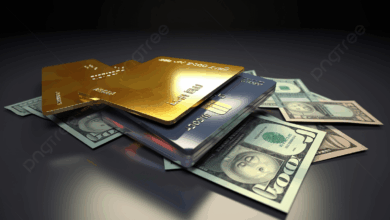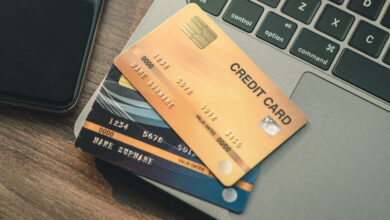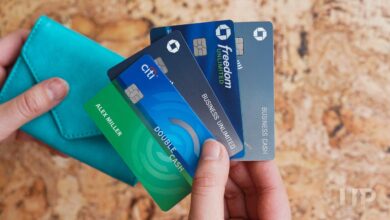Credit Cards: Master the Tool, Avoid the Trap

Credit cards often occupy a confusing and contradictory space in the personal finance world; they are simultaneously heralded as a powerful tool for building financial stability and reviled as the primary instrument of crippling debt.
This common confusion stems from a fundamental misunderstanding: a credit card is not simply extra money; it is a short-term, high-interest loan granted by a lender based on your promise to repay it.
For the financially disciplined individual, mastering the use of a credit card can unlock numerous benefits, from robust consumer protection and lucrative rewards points to, most critically, the steady construction of a strong credit history, which is essential for securing favorable rates on mortgages and other large loans later in life.
However, for those who lack a clear budget or succumb easily to impulse purchases, the credit card’s ease of use and the seductive nature of its borrowing limit transform it into a dangerous financial trap.
Understanding the mechanics of a credit card—how interest accrues, how the statement cycle works, and the insidious nature of minimum payments—is the non-negotiable prerequisite for harnessing its advantages while steering clear of its significant pitfalls.
The difference between using a credit card as a smart financial instrument and letting it become a debt burden lies entirely in the user’s knowledge and unwavering commitment to financial discipline.
I. Understanding the Anatomy of a Credit Card
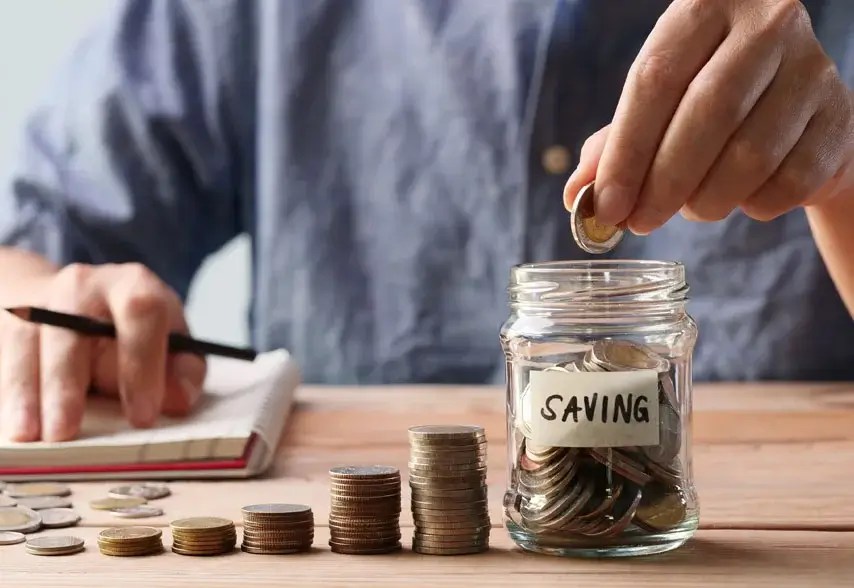
Before using a credit card effectively, you must understand the basic terminology and how the card’s underlying mechanics affect your finances.
A. The Annual Percentage Rate (APR)
The APR is the interest rate charged on your outstanding balance, expressed as an annual percentage. This rate is usually variable and is often significantly higher (typically 18% to 30% or more) than other types of loans, which is why carrying a balance is financially ruinous.
B. The Statement Cycle
This is the period, usually around 30 days, during which your transactions are recorded. At the end of the cycle, the issuer generates your bill, known as the statement.
C. The Grace Period
The grace period is the time, typically 21 to 25 days from the statement date, during which you can pay your full balance without incurring any interest charges. This period is the key to using a credit card for free.
D. The Credit Limit
This is the maximum amount the issuer allows you to borrow on the card at any given time. Responsible use means keeping your balance far below this limit.
E. Minimum Payment
This is the smallest amount you are required to pay by the due date to keep your account in good standing. Only paying the minimum payment ensures you accrue maximum interest and takes years, even decades, to pay off the balance.
II. The Powerful Benefits of Responsible Use (The Rewards)
When utilized strictly as a payment tool and paid off in full every single month, credit cards offer distinct advantages over debit cards and cash.
A. Building a Robust Credit History
Credit cards are the most effective tool for establishing and maintaining a strong credit score, which is a numerical rating of your financial trustworthiness.
Responsible usage—paying on time and keeping balances low—is the primary driver of a high score, which translates into lower interest rates on large loans like mortgages and auto loans.
B. Consumer Protection and Fraud Liability
Credit cards offer superior protection against fraudulent charges compared to debit cards. If a debit card is compromised, the money is immediately removed from your bank account, potentially impacting your ability to pay bills.
With a credit card, the loss is the bank’s problem until the investigation is complete, shielding your personal funds.
C. Earning Rewards and Cash Back
Many cards offer lucrative rewards programs, such as cash back (typically 1% to 5% on purchases), travel miles, or points redeemable for gift cards. If you were going to spend the money anyway, using a rewards card provides a passive return on your expenses.
D. Enhanced Tracking and Budgeting
Credit card statements provide a meticulously detailed record of all your transactions in one place. This feature simplifies expense tracking, making it easier to categorize spending for budgeting and tax purposes than dealing with a mix of cash receipts and bank transactions.
E. Emergency Flexibility
For individuals who already maintain a fully funded emergency cash reserve, a credit card provides a secondary, highly liquid backup for unexpected, extreme emergencies where immediate cash access is critical (e.g., unexpected international travel or a huge medical bill).
III. Mastering the Strategy: How to Use a Card for Free
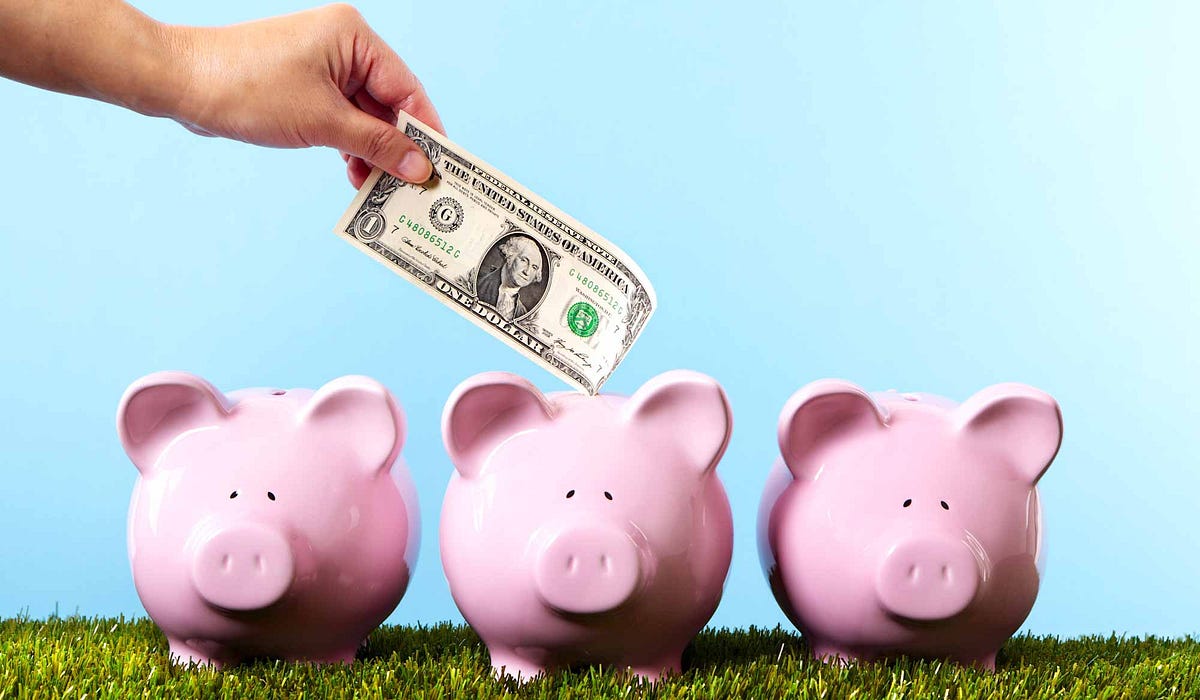
The core strategy for benefiting from a credit card is simple but requires unwavering discipline: never pay a single dollar in interest.
A. The Rule of Full Payment
Commit to treating your credit card exactly like a debit card: never charge anything you cannot pay for in full right now with the cash you already have in the bank. Always pay the full statement balance before the due date.
B. Automate Payments
Set up automatic full payments from your checking account to your credit card issuer. Automation removes the risk of forgetting a payment, which protects your credit score and avoids late fees and interest charges.
C. Keep Credit Utilization Low
Credit utilization is the ratio of your current balance to your total credit limit. Keep this ratio below 30%, and ideally below 10%, as a high utilization ratio significantly harms your credit score.
D. Use Credit Card as a Tool, Not a Funding Source
Only use the card for budgeted expenses you would normally pay for with cash or debit (e.g., groceries, gas, utilities). Never use it to purchase something you cannot afford.
IV. The Traps and Pitfalls (The Risks)
The convenience and high APR of credit cards make them a dangerous instrument for those lacking solid financial habits.
A. The Interest Rate Spiral
The biggest trap is carrying a balance. Because the APR is so high, the interest accrues rapidly, making it feel impossible to pay off the debt, especially if you only pay the minimum. This high interest effectively cancels out any rewards earned.
B. Minimum Payment Deception
The minimum payment is a mathematical illusion designed to keep you in debt longer.
Paying only the minimum results in nearly all your payment going toward interest, extending the repayment period for years and costing you vastly more than the original purchase.
C. Lifestyle Creep
Using a credit card can create a false sense of wealth and encourage lifestyle creep, where you constantly spend slightly more than you earn, slowly accumulating debt on items that offer no long-term value.
D. Fees and Penalties
Beware of numerous hidden costs.
- A. Late Payment Fees: Missing a payment due date incurs an immediate fee and can significantly damage your credit score.
- B. Annual Fees: Some premium rewards cards charge a high annual fee, which must be offset by the value of the rewards you earn.
- C. Cash Advance Fees: Using a credit card to withdraw cash from an ATM is extremely expensive, incurring an immediate fee and high interest that often starts accruing immediately without a grace period.
E. The Debt Consolidation Illusion
Many people fall for the trap of using a new credit card or loan to consolidate existing debt without changing the underlying spending behavior. Without fixing the core spending problem, the old cards quickly get maxed out again, leaving you with even more total debt.
V. Strategic Credit Card Management
To maintain your credit cards as a benefit rather than a burden, implement these management strategies.
A. Pay Multiple Times Per Month
To keep your credit utilization ratio as low as possible and boost your credit score, pay your balance more than once a month—perhaps once per week or every time your balance exceeds a specific threshold.
B. Annual Review and Downgrade
Once a year, review the fees and rewards structure of your cards. If you have a card with a high annual fee and you are not utilizing the rewards (e.g., not traveling enough for a travel card), downgrade it to a no-annual-fee version to save money without impacting your credit history.
C. Use the Card for One Thing
Consider dedicating a specific credit card to only one type of expense (e.g., groceries or utilities) that you pay off immediately. This simplifies tracking and minimizes the chance of overspending across multiple categories.
D. Freezing the Card (Physical or Digital)
If you find yourself struggling with impulse spending, physically freeze the credit card in a block of ice or digitally freeze the card using the issuer’s mobile app. This creates a moment of friction and prevents immediate temptation.
VI. Credit Cards and Your Financial Journey
Understanding the role of credit cards at different stages of your financial life is key to long-term success.
A. For the Beginner (Building Credit)
Start with a secured credit card, requiring a cash deposit as collateral, or a very basic, no-frills, no-annual-fee card. Use it sparingly for small, budgeted purchases and pay it off in full every month to quickly establish a positive history.
B. For the Disciplined User (Maximizing Rewards)
Once financially stable with a fully funded emergency fund, you can strategically use rewards credit cards to maximize cash back or travel points on high spending categories, ensuring the value of the rewards outweighs any annual fees.
C. For Debt Payoff (Balance Transfers)
If you have high-interest debt, a 0% APR balance transfer card can be a powerful tool, provided you commit to paying off the entire balance before the promotional rate expires (typically 12-21 months). Never use the card for new purchases during this period.
D. Avoiding Credit Card Mistakes
A single major mistake, such as missing a payment by 30 days or defaulting on a card, can damage your credit score for years, negatively impacting your ability to rent an apartment, get a cell phone plan, or buy a home. Vigilance is paramount.
Conclusion
Credit cards are fundamentally a neutral financial instrument, with their ultimate impact determined solely by the user’s discipline.
They offer undeniable benefits, like consumer protection and the crucial ability to build a strong credit history, which translates directly to lower lifetime borrowing costs.
However, they harbor the immense risk of high-interest debt, capable of quickly derailing years of financial planning if treated as an extension of income.
Mastery requires treating the card like a strict liability, paying the full balance before the grace period ends to benefit from its utility for free.
By respecting the power of the APR and committing to unwavering financial responsibility, you transform the credit card into a vital ally on your journey to wealth.

